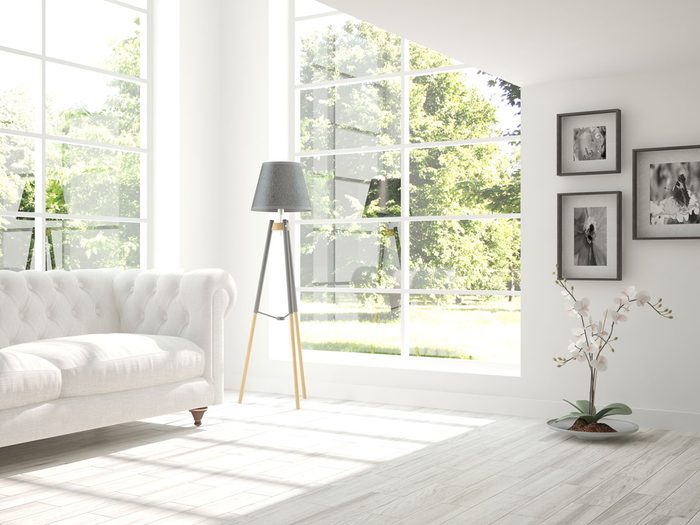
How to improve your indoor air quality
Outdoor air pollution isn’t always obvious, but it does often leave hints that it’s there; think a grey smog hovering over the city landscape or a bit of grime that washes off your face in the evening. Large cities, especially those with a lot of industrial factories, have a worse air quality than small towns. (These are the worst cities in Canada for air quality.) But when it comes to indoor air pollution, not even country living can protect you. According to experts, the average home can be up to five times more polluted than the air outside. “What many Canadians do not realize is that most indoor air pollutants are invisible to the human eye,” says David Hill, Senior Design Engineer, Environmental Control at Dyson.
Read on to find out 11 sneaky causes of indoor air pollution.

Beauty and personal care products
Sure, perfume and fragranced lotions smell nice, but they’re not all great for air quality. A 2018 study, published in the journal Environmental Science and Technology, found emissions (in the form of siloxane) from products such as shampoo, lotion and perfume to be comparable to the emissions from auto exhaust. That means every time you use hairspray or spritz your perfume (which is probably daily), you’re releasing these pollutants into the air, and even carrying them with you as you go about your day. Researchers call the mix of chemicals that humans leave behind as they move from place to place their “personal plumes.”
Don’t miss these shocking stats about how much Canadians waste each year.
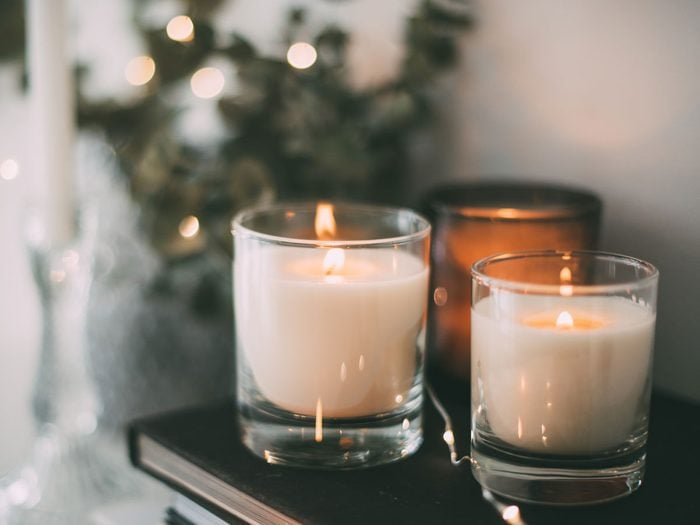
Candles
“Household items like scented candles and perfumes can emit pollutants like benzene and become trapped inside the home,” says Hill. In fact, a study conducted on mice by scientists at Copenhagen University found exposure to particles from burning candles to cause greater damage than the same dose of diesel exhaust fumes. The harmful effects of candle smoke included lung inflammation and toxicity, arteriosclerosis, and ageing effects on chromosomes in the lungs and spleen.
Further research from the U.S. Environmental Protection Agency found scented candles to produce more soot than unscented, the particles of which can infiltrate deep into your lungs and be harmful to your respiratory system. And the wick matters, too. A longer candlewick will produce more soot and a smoky flame, which releases even more air pollution.
If your home is causing you anxiety rather than helping you destress, here’s how to create a healthier environment.
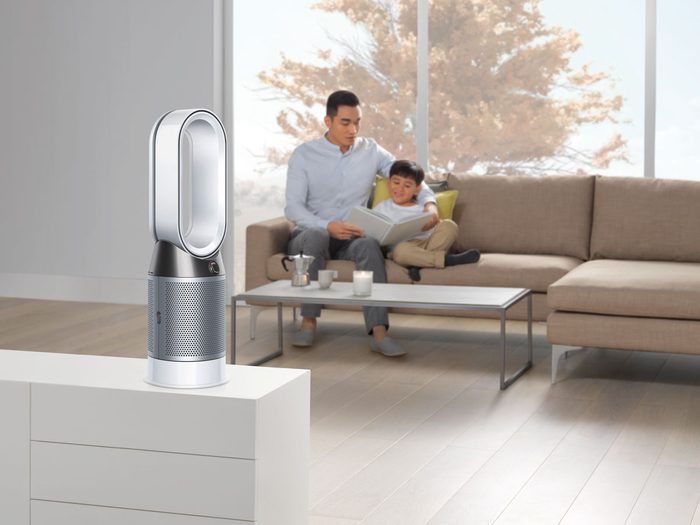
Air fresheners
You might think that an air freshener will help with air quality in your home, but it’s actually the opposite. “Everyday products such as cleaning solvents and air fresheners can contain benzene and other volatile organize compounds (VOCs) that are potentially harmful to breathe in,” says Hill.
Instead, Hill recommends an air purifier like the new Dyson Pure Hot+Cool ($750 at DysonCanada.com), which has some big improvements from the previous generation. This purifying heater and fan reports in real time via an LCD screen which particles and gases the machine is detecting in the air. Then a taller and deeper HEPA filter absorbs those gases, odours, domestic fumes and VOCs. And, the new Pure Hot+Cool can oscillate 350 degrees (versus 90 degrees in the Pure Hot+Cool Link) so you can have full circulation to heat or cool your room.
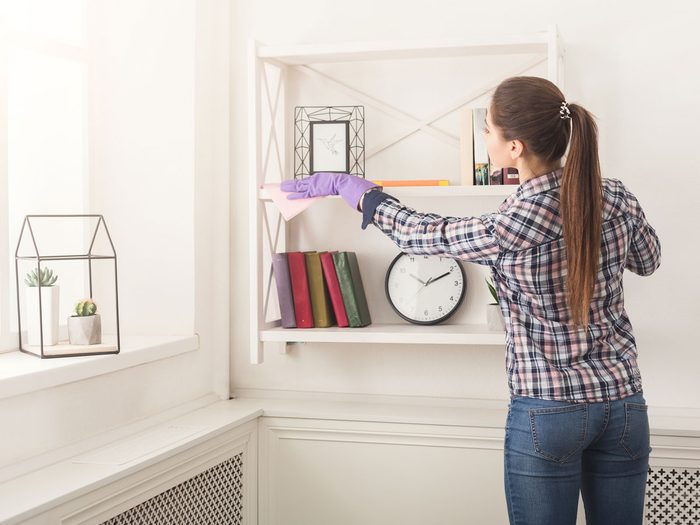
Dust
Dust mites are a common allergen that can build up on carpets or other surface areas in the home. Regular cleaning is the obvious fix but dusting with a dry cloth or broom is likely only moving the dust and particulate matter around. Instead, clean floors with a damp cloth or mop, and vacuum often with a high-efficiency particle air (HEPA) filter that traps small particles.
Your allergies might be worse if you live in one of these Canadian cities.
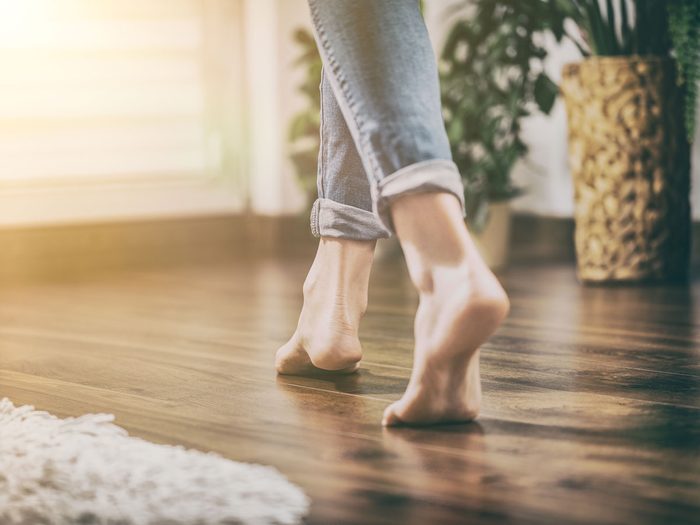
Household products and home renovation materials
Off-gassing is the release of gases (like formaldehyde) from household products and building materials. Sources may include wallpaper, finishes like paints, varnishes and floor finishes, as well as manufactured wood products like particle board, hardwood laminate flooring and hardwood plywood paneling. These fumes like formaldehyde can even be released from new furniture like a couch or mattress, says Hill. The amount of formaldehyde released from off-gassing decreases over time, but it can take months or years for it to disappear.
Here’s how to declutter your home, without actually throwing anything out. (Thanks, but no thanks, Marie Kondo.)
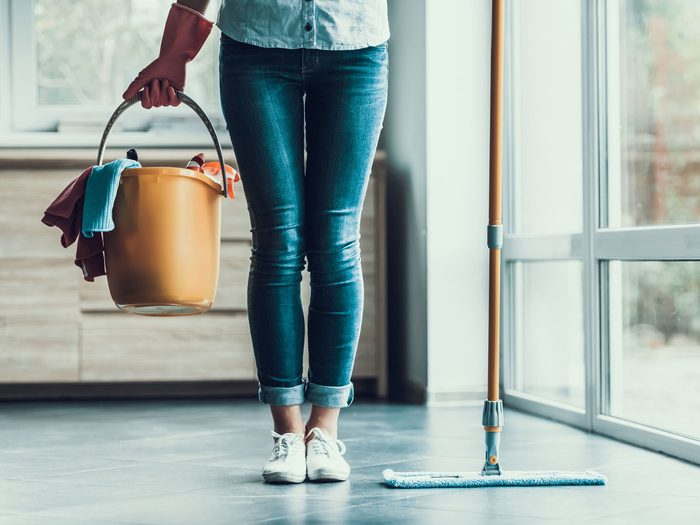
Cleaning products
Cleaning products are well known to emit VOCs like toluene, benzene and formaldehyde. In the short term, exposure to these VOCs can cause a burning sensation in your throat, as well as breathing problems and headaches. That’s why it’s important to open the windows and use cleaning products in a well ventilated area.
You can also switch to natural cleaning products, which aren’t harmful to the environment.

Dander and hair from household pets
If you’ve got a pet that sheds a lot (or even a pet that sheds moderately), you’re guaranteed to have a buildup of dander and pet hair. Even if you don’t have allergies, this can cause irritation and symptoms like a stuffy nose. Here’s how doctors allergy-proof their home.

Cooking
Cooking is a common indoor source of fine particulate matter, especially if the food is fried, grilled, burned, toasted, or sautéed. These cooking processes as well as gas stoves can also release fumes and odours, says Hill. Looking to be more eco-friendly? Anyone can adopt these easy eco-habits.
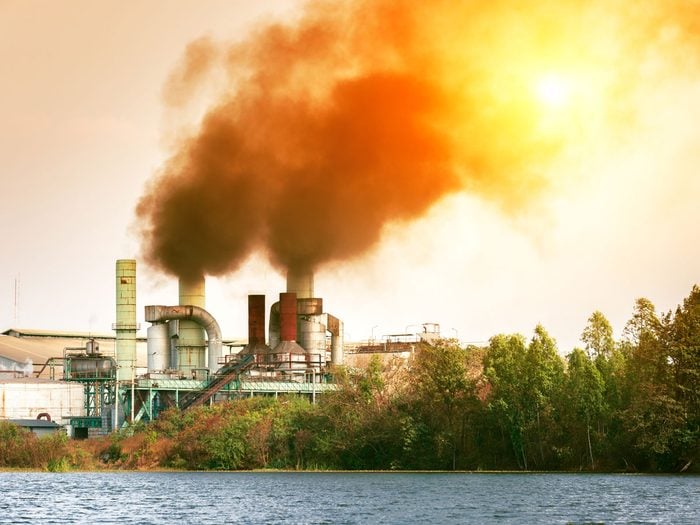
Pollen and particulate matter from city pollution
“Indoor air pollution can vary throughout the seasons,” says Hill. “In the warmer months, windows tend to be open more often and can let in allergens such as pollen. Other external factors such as road traffic or having a factory nearby can also increase NO2 and other pollutants in the home.”
Read up on five ways we can save the planet, according to David Suzuki.
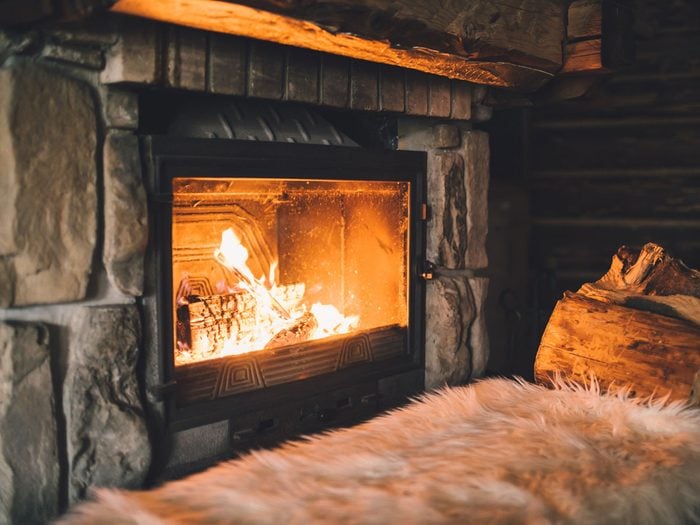
Wood burning fireplaces and stoves
Furnaces, wood stoves or fireplaces can release fine particulate matter if they’ve been improperly installed or maintained. In communities where wood heating is common, wood smoke may be responsible for as much as 25 percent of the airborne particulate matter, 8 percent of the VOCs and 7 percent of the carbon monoxide in the air, according to the Government of Canada. You can visit their site for more information on how to properly clean and maintain your wood stove. And be careful about what you’re burning. Never burn wood that’s been painted or chemically treated, household garbage like plastics, foam and magazines, or any wood with glue on it.
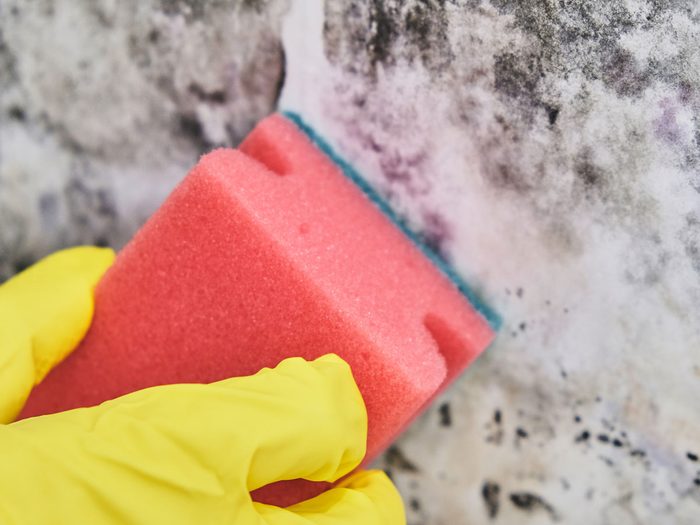
Damp areas and mould
Like other common pollutants such as dust, pet hair or pollen, the buildup of mould in damp environments can trigger allergic reactions, says Hill. Dampness is also one of the most common causes of poor indoor air quality, according to the Government of Canada.
If you’re living in a home with mould and damp conditions, you’re more likely to have health issues like chronic cough and mucous build-up, wheezing and shortness of breath, worsening of asthma symptoms, and, as Hill mentioned, allergic reactions.
Next, don’t miss these 13 common health issues you think you have – but probably don’t.
